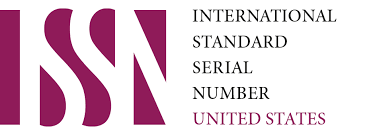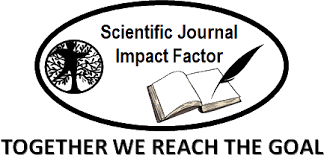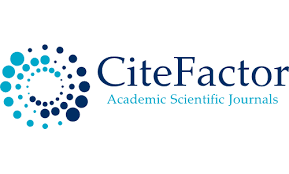Analysis Development Costs And Benefits Facility Processing Garbage (Manado City Case Study)
Keywords:
Net Value, Bcr, Analyzes SensitivityAbstract
Manado City is one of the second largest cities on the northern island of Sulawesi with a population growth rate that continues to increase from year to year, in 2013 the population reached 419,596 people, and in 2020 the population reached 451.616 people, in 2020 the waste produced was 121.504,81 tons / year with a population of 451,616, and in 2021 the waste produced is 124,059.81 Tons / Year with a population of 453.182, the amount of waste that can be managed by the Manado City Government is 107.408 Tons / Year (86.58%), for details of waste managed is 17.618 Tons / Year (14.20%) waste processed at the Sumompo Landfill is 89.790 Tons / Year (72.38%), of the amount of waste produced is not supported by adequate waste processing facilities, in Manado City waste processing facilities such as TPS 3R = 2 units, waste banks = 3 units, compost houses = 0 units, Incinerators = 4 units. Based on this background, waste processing facilities are examined in order to analyze the costs and benefits of developing waste treatment facilities in Manado City. using three variables to obtain the highest Net Value and BCR values, for Net Value and BCR values from the first alternative Net Value of Rp. 9.657.293.149,41 with a BCR value of 6.90, for the second alternative Net Value -Rp 480.866.953,75,- with a Benefit Cost Ratio value of "0.67", and for the third alternative Net Value of Rp. 235.498.801,75 with a Benefit Cost Ratio value of "1.30", The first alternative is alternative which is recommended to be applied because the BCR value > 1. From these results, it is expected to provide information to waste management authorities in Manado City in choosing alternative 3R TPS based on Net Value, Benefit Cost Ratio and Analyzes Sensitivity.
References
M ochammad Chaerula, SA (2019). Cost Benefit Analysis in the Development of Waste Processing
Facilities: Case Study of Pekanbaru City. Journal Of Natural Resources And Environmental
Management 9(3): 710-722.
Qiyam Maulana Binu Soesanto, LR (2021). Life Cycle Assessment And Cost Benefit Analysis Of
Municipal Waste Management Strategies Municipal Waste Management Strategies. Journal Of
Environmental Science And Sustainable Development 4(1), 69-96.
Damanhuri, AP (2019). Landfill Evaluation Study and Cost Benefit Analysis of Waste Management
Systems in Landfills (Case Study of Bakung Landfill, Bandar Lampung City). Journal of
Environmental Engineering Volume 25 Number 2, October 2019 (Pages 85 - 100), 25, 85-99.
Arlina Phelia, RO (2021). Scenario for Development of Waste Processing System Facilities Using a
Cost Benefit Analysis Approach in the Peace District of Bandar Lampung City. Serambi Engineering,
Volume Vi, No. 1, January 2021, 1555-1562 .
A. Aruna Shantha, AS (2018). Cost Benefit Analysis For The National Post Consumer Plastic Waste
Management Project. Central Environmental Authority, Colombo, Sri Lanka, 5-28.
Downloads
Published
Issue
Section
License

This work is licensed under a Creative Commons Attribution-NonCommercial 4.0 International License.
User Rights
Under the Creative Commons Attribution-NonCommercial 4.0 International (CC-BY-NC), the author (s) and users are free to share (copy, distribute and transmit the contribution).
Rights of Authors
Authors retain the following rights:
1. Copyright and other proprietary rights relating to the article, such as patent rights,
2. the right to use the substance of the article in future works, including lectures and books,
3. the right to reproduce the article for own purposes, provided the copies are not offered for sale,
4. the right to self-archive the article.












